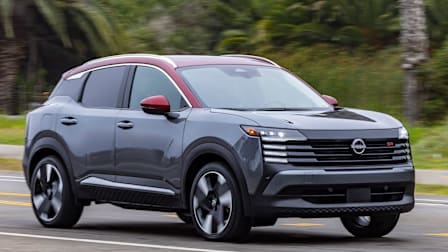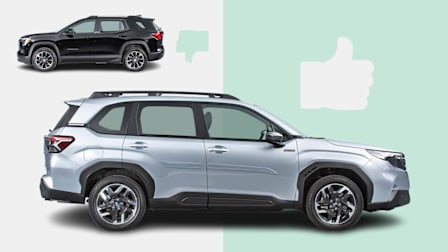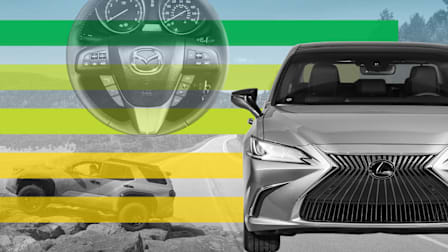Should You Buy a New, Certified Pre-Owned, or Used Car?
Consumer Reports' analysis shows reliability and satisfaction vary significantly among these purchase strategies

Car buyers are faced with a fork in the road: Buy a brand-new car that comes with a full warranty or save money buying used and get a car that may or may not have been well maintained by its previous owner (or owners) and risk unexpected repairs.
A third option, certified pre-owned (CPO) cars, splits the difference. CPO cars have typically been returned at the end of a three-year lease and are inspected by the dealership to address any maintenance and wear issues as necessary. They’re also backed by an extended warranty, adding years of coverage and a higher mileage cap, such as 100,000 miles, and they are supported by roadside assistance during that period.
Reliability
It probably comes as no surprise that cars purchased new were the most reliable (based on member-reported problems). Factory-fresh models are initially backed by a comprehensive bumper-to-bumper warranty, but the data show that the high levels of reliability are consistent over time, even after the warranty has expired.
According to the survey data, vehicles bought as certified pre-owned had about 14 percent fewer problems than other used cars.
Satisfaction
Feedback on owner satisfaction (based on whether someone would definitely buy or lease the same vehicle again) fell along similar lines as reliability. Cars purchased new are the most satisfying. Certified pre-owned take the middle position, with 12 percent higher satisfaction than non-CPO used cars.
“The data clearly show that owners of CPO used cars have fewer problems with them and are more satisfied with them than owners of traditional used cars,” says Steven Elek, Consumer Reports’ program leader for auto data analytics. “Non-CPO used cars offer tempting savings, but they need to be approached with more caution because they present a higher chance that buyers will experience issues.”
Advantages of Buying Used
New cars in general are more reliable and satisfy their owners more than used cars, but they also cost the most, especially with some models still selling at or above sticker prices.
More on Cars by Brand
@consumerreports We’ve teamed up with @IIHS-HLDI to reveal safer vehicles for new drivers. The list of 122 choices are budget-friendly and meet strict crash-test and performance standards. See the full list through the link in our bio. #carsoftiktok #cartiktok #carcommunity #newdriver #autosafety
♬ original sound - Consumer Reports




















